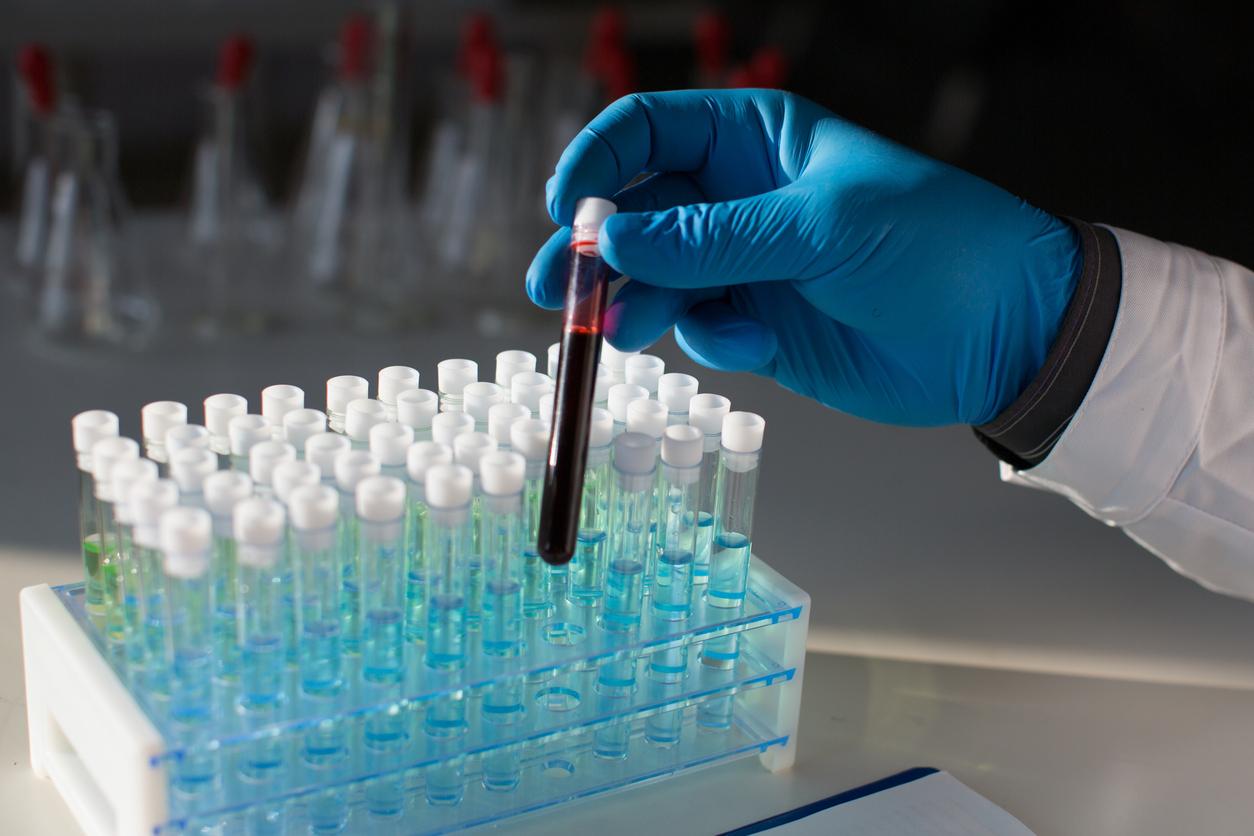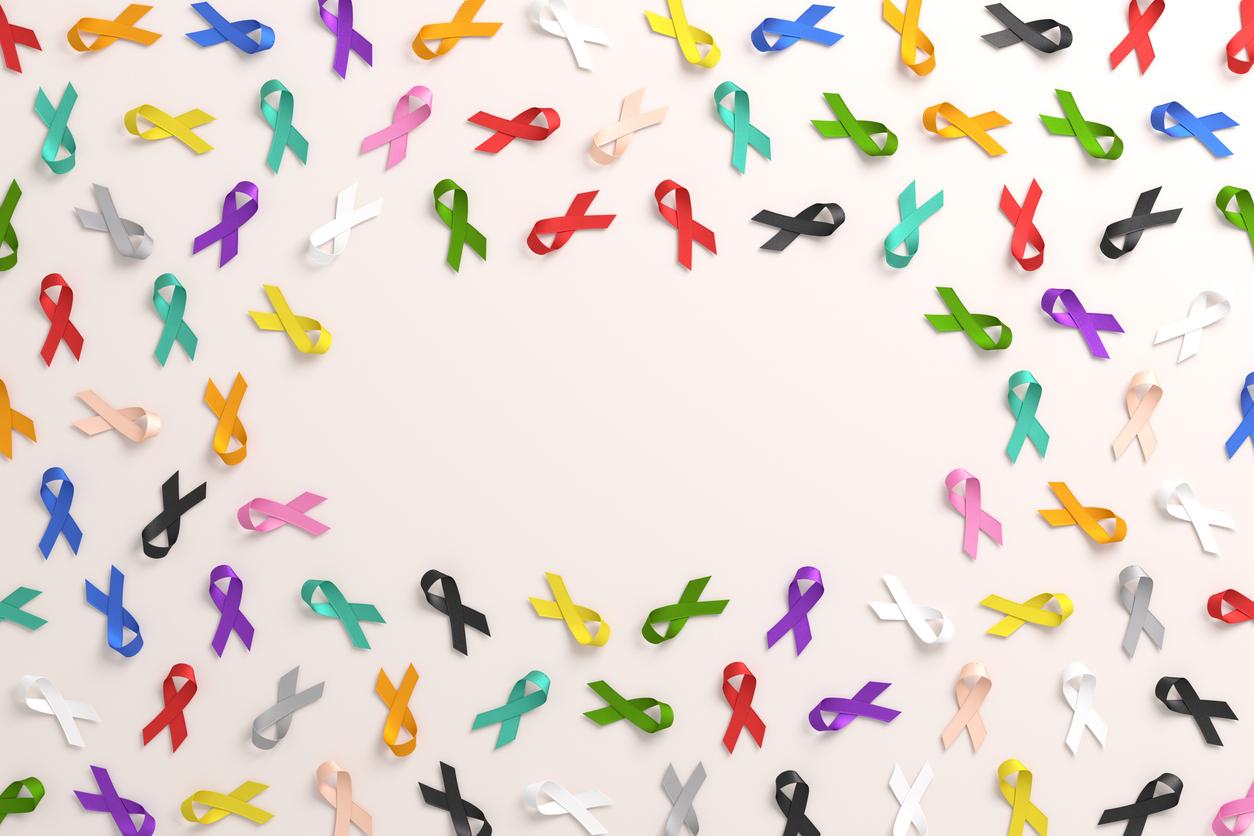A non-invasive technique using near-infrared red light could help healthcare professionals tailor treatment to individual cases of breast cancer more effectively, depending on the results of a study published in the medical journal Radiology. Currently, less than half of women treated with chemotherapy for invasive breast cancer, given five to six weeks before surgery to remove active cancer cells, achieve a complete response.
To determine if the treatment is working as quickly as possible, researchers at Columbia University in the United States have developed a new imaging technique using red, near-infrared light to identify patients with cancer of the breast. breast that respond to chemotherapy. They tested the technique on 34 patients between June 2011 and March 2016. The images were obtained before and two weeks after the start of the treatment. chemotherapy.
Identify the effectiveness of blood flow therapy
The patients were asked to hold their breath for at least 15 seconds to help scientists visualize the blood flow flowing through the breasts. The researchers then compared the images with the results of the patients after five months of chemotherapy.
“As blood flows freely through healthy breast tissue, it is absorbed by tumors, which inhibits blood flow to diseased breasts,” the researchers explain.
This new technology involves observing the vascular system of the breasts, evaluating blood flow to identify healthy tissue and cancerous tissue via 3D images.
Images are taken in 10 minutes, compared to 30 to 90 minutes for magnetic resonance imaging (MRI). They allow scientists to see how a tumor responds to chemotherapy sooner than other imaging techniques.
“Other imaging technologies, such as MRI, X-rays and ultrasound, are also being explored for the monitoring and treatment of breast cancer. However, it doesn’t look as promising as the new technique, ”according to the study’s authors.
These new findings could help healthcare professionals make timely changes to more effective treatments and tailor breast cancer treatment to individual patients while avoiding side effects.
Large-scale clinical trials are necessary before the commercialization of this new process.
Read also:
Breast cancer: a new site for information
Breast cancer: a test to predict recurrence
Breast cancer: 6 tips to reduce your risks


















